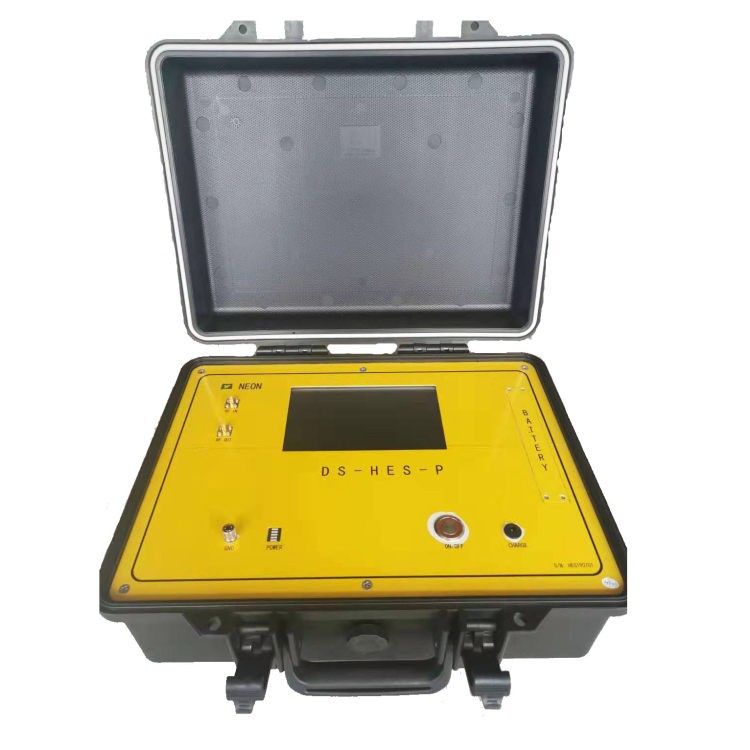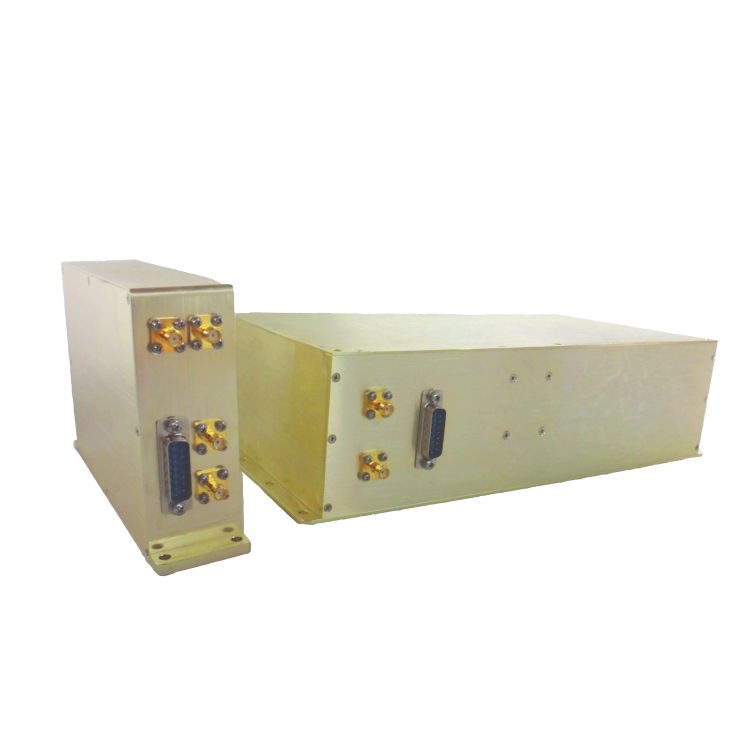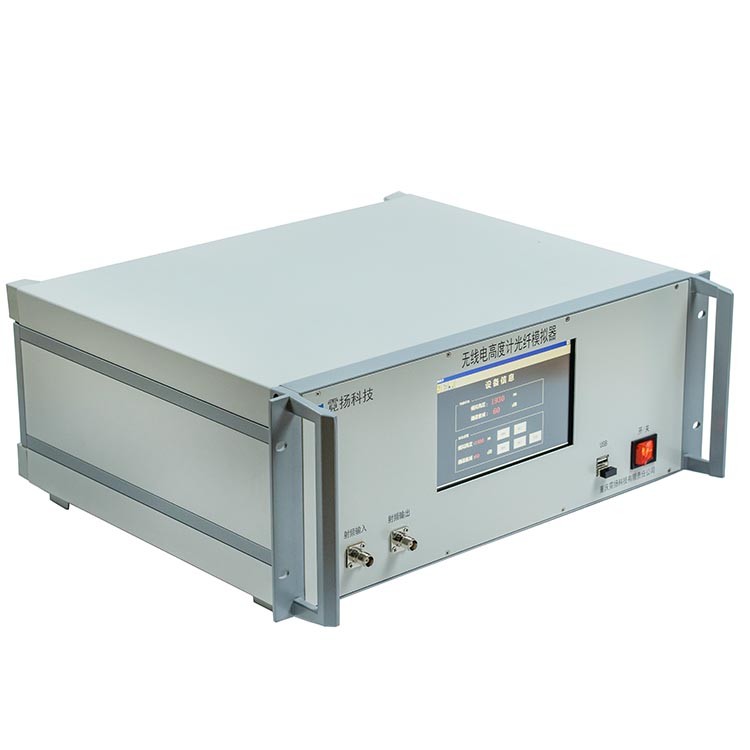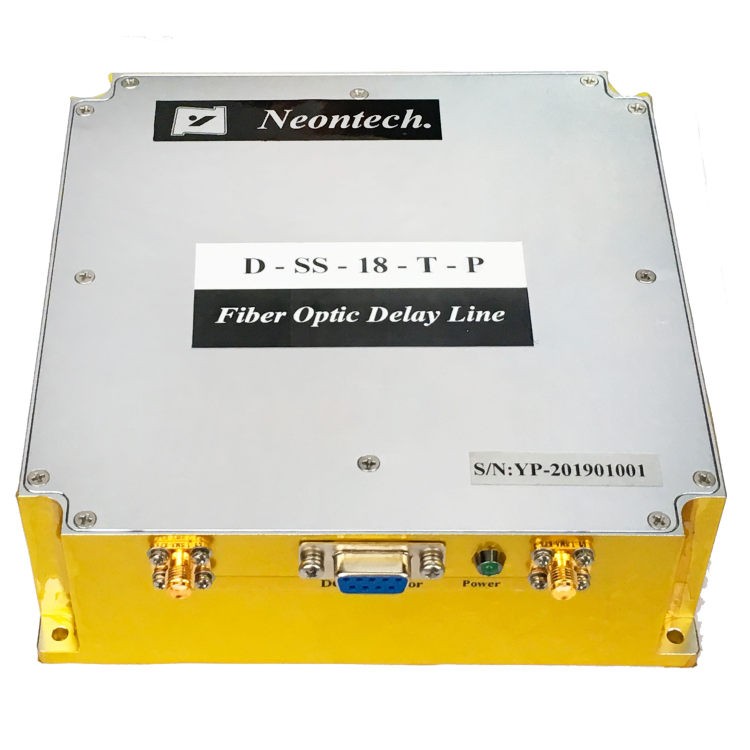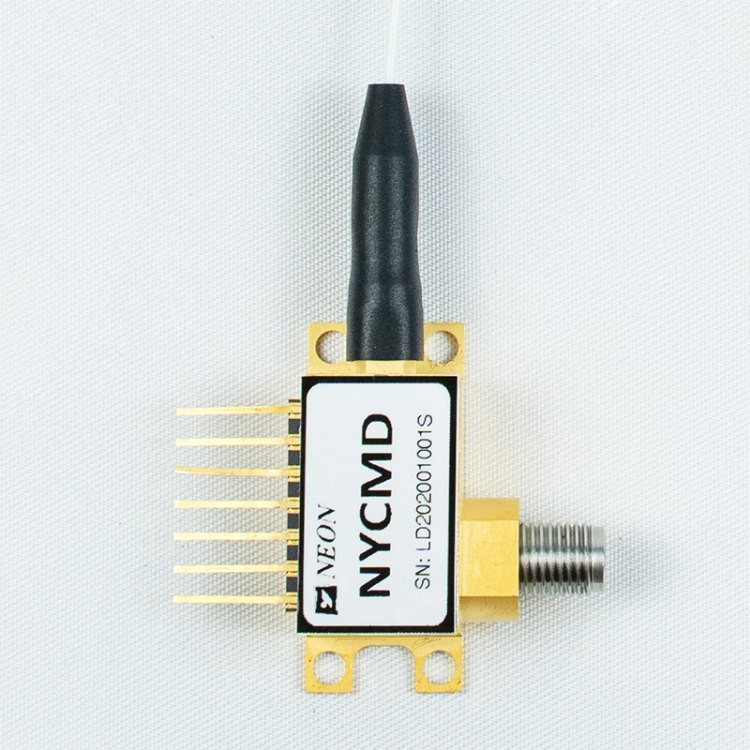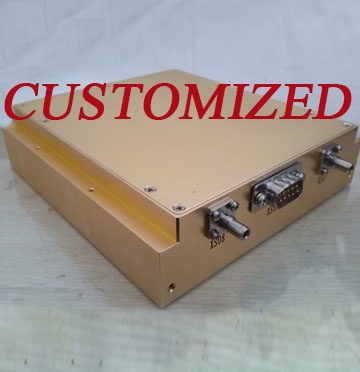How Does the Radio Altimeter Simulator Work?
Introduction of radio altimeter simulator
A radio altimeter is an essential piece of equipment used in aircraft to measure the distance between the aircraft and the ground directly beneath it. The radio altimeter sends out radio waves and calculates the time taken for the waves to be reflected back from the ground, which is used to determine the distance. However, in order to ensure the accuracy and reliability of this equipment, it is necessary to test it before use. This is where a radio altimeter simulator comes in. In this article, we will explore how radio altimeter simulators work and their importance in ensuring the safety and efficiency of aircraft.
Radio altimeter system overview
A radio altimeter system is used to provide pilots with accurate information about the altitude of the aircraft above the ground. The system works by emitting radio waves that bounce off the ground and are then received by the aircraft. The time it takes for the waves to return provides a measurement of the altitude of the aircraft above the ground.
The components of a radio altimeter system typically include a radio wave transmitter, a radio wave receiver, and a display unit. The system can be used for various applications, such as landing an aircraft in low visibility conditions or providing terrain awareness to the pilot.
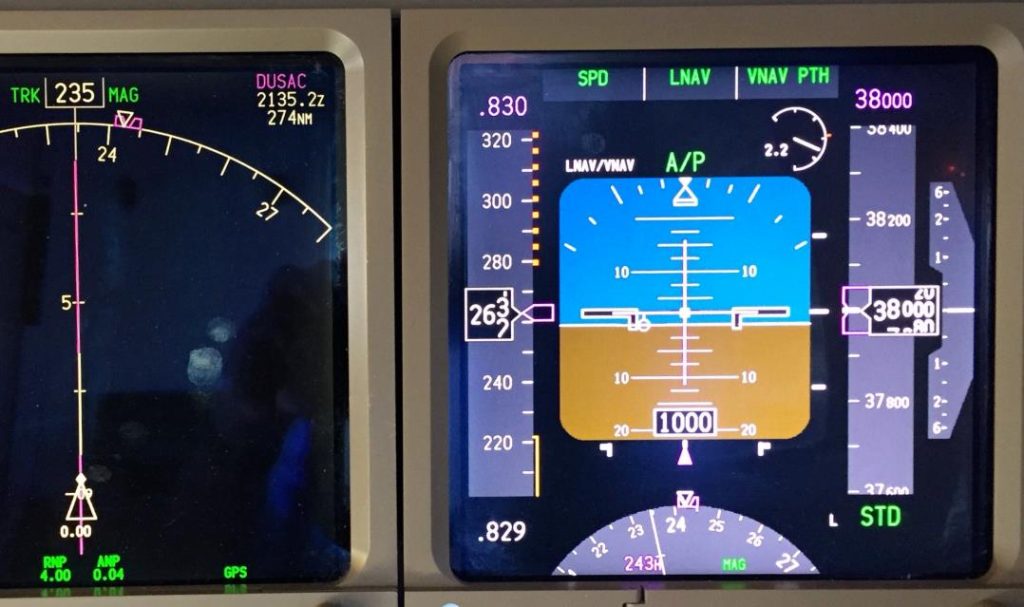
Radio altimeter simulator components
A radio altimeter simulator typically consists of three main components: a software program, a radio signal generator, and a radio altimeter display unit.
The software program generates simulated radio signals that mimic the behavior of an actual radio altimeter. The radio signal generator transmits the simulated signals to the display unit, which interprets the signals and displays the simulated radio altimeter readings.
The connection interface is also an important component of a radio altimeter simulator. This allows the simulator to be connected to the radio altimeter aircraft system or to an external test system. This enables the simulator to be used to test the performance and accuracy of radio altimeter systems in a controlled environment, without the need for actual flight testing.
Radio altimeter simulator operation
The operation of a radio altimeter simulator involves generating simulated radio signals, transmitting these signals to the display unit, interpreting the simulated radio altimeter readings, and displaying the readings on the display unit.
The software program is used to generate simulated radio signals that mimic the behavior of those emitted by a radio altimeter. These signals are then transmitted to the display unit via the radio signal generator. The display unit then interprets the simulated radio altimeter readings and displays them on the unit.
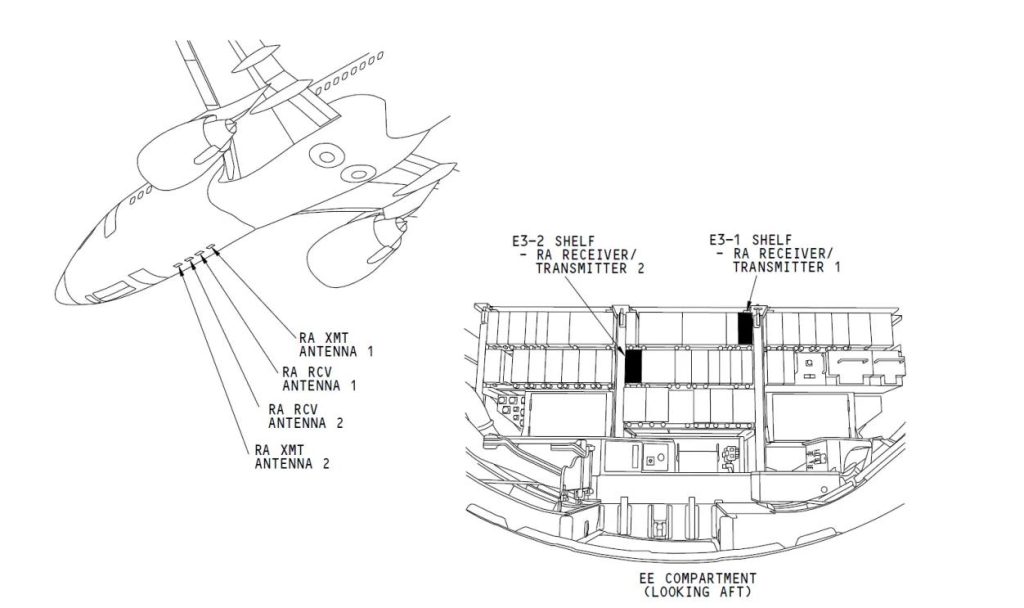
During testing, the simulator can be programmed to simulate different ground surfaces and altitudes, allowing for testing of the radio altimeter system under a range of conditions. This can help to identify any potential issues or problems with the system and allow them to be addressed before they become a safety concern.
Conclusion
In conclusion, radio altimeter simulators are critical devices that allow for the testing and validation of radio altimeter systems in a controlled environment. They provide a cost-effective and safe way to test the system and can replicate a range of conditions that may be difficult to replicate during flight testing. The components of a radio altimeter simulator include a software program, a radio signal generator, a radio altimeter display unit, and a connection interface. By understanding how radio altimeter simulators work, we can better appreciate the importance and benefits of using them for aircraft testing and validation.


